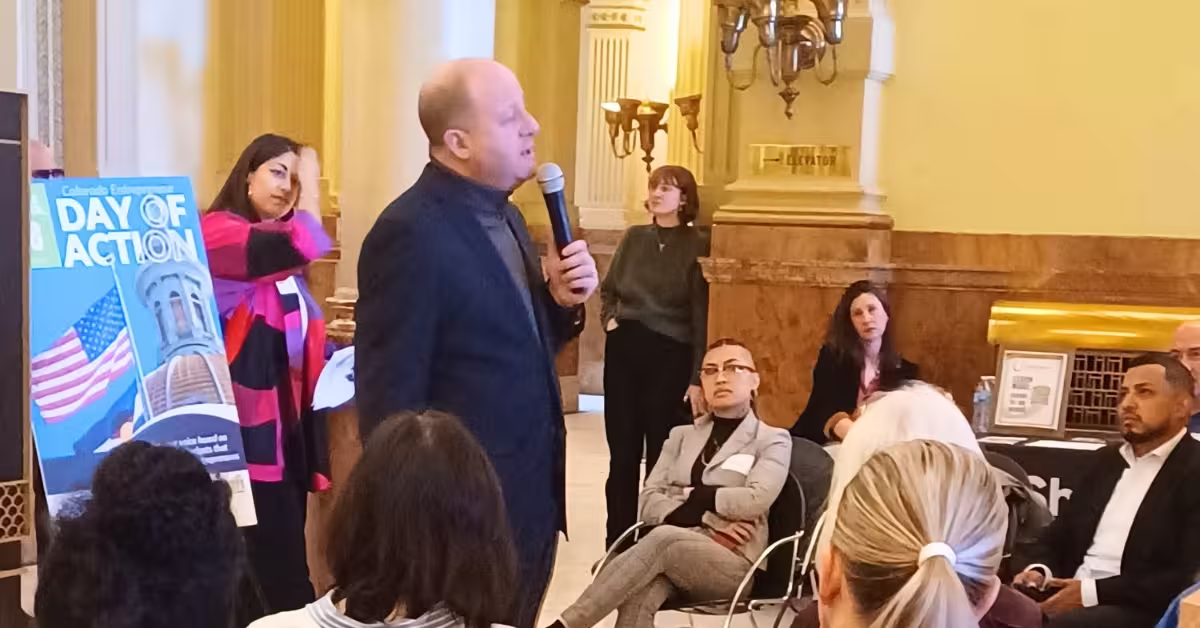If COVID-19 has shown the entrepreneurial ecosystem players anything, it’s that the ‘playing field’ for startups and small businesses is not equitable. While state-wide programs increasing access to affordable capital for startups and small businesses has been an important tool, truly “leveling the startup playing field” is necessary to foster the launch and growth of diverse small businesses and an equitable economic recovery. In order to successfully support underrepresented business owners and entrepreneurs, it is necessary to look holistically at who has knowledge and access to the field, who knows the rules of the game, and how to prepare to play.
Through on-the-ground experience supporting equitable entrepreneurial pathways, we and our peers see three distinct barrier sets that, if addressed through capital and program interventions, can help level the playing field for underrepresented entrepreneurs across the state. Below we offer insights into the barriers and outcomes, key interventions, and metrics to track progress towards outcomes. These recommendations can be leveraged within local and state economic recovery programs.
Build The Recognition That the Playing Field Exists
- The barriers include lack of trust in financial institutions and business support services among underrepresented groups due to historic discrimination; don’t see entrepreneurship as a pathway “for me”.
- The desired outcomes are a recognition of and interest in the pathway among underrepresented entrepreneurs, increased knowledge of and comfort with lending as a tool, identification and definition of personal and professional success.
- The key interventions include outreach and programming led by trusted on-the-ground leaders, culturally-relevant business ideation and leadership development, grants and forgivable loans to test concepts, credit support, personal financial knowledge and personal stability.
- The recommended metrics to track progress towards outcomes are:
- Number of underrepresented owners/entrepreneurs supported: this metric is achieved through understanding demographics, location, income level, and/or traditional loan readiness metrics like personal credit scores. This should be determined at the partner/on-the-ground provider level.
- Percent satisfaction with technical assistance and mentorship: this metric encomasses a desire to build a sense of belonging, empowerment, and feeling of being supported among entrepreneurs. This must be determined at a partner/on-the-ground provider level (can’t be uniform).
- Number and type of capital access: This metric should be collected in aggregate through a portfolio report, recognizing the ‘menu of options’ including grants, forgivable capital, and microloans designed to meet owner/entrepreneur needs at this phase.
Carve a True Path
- The barriers include aspiring entrepreneurs not knowing how to get started; not knowing the best way to leverage capital; wanting a community of support to start the entrepreneurial journey.
- The desired outcomes are a clear ‘path’ to business ownership and success.
- The key interventions include culturally-relevant training and technical assistance, mentorship, grants and forgivable loans, and a variety/menu of traditional loan products.
- The recommended metrics to track progress towards outcomes are:
- Number of underrepresented owners/entrepreneurs supported: This metric is achieved through understanding demographics, location, income level, and/or traditional loan readiness metrics like personal credit scores. This should be determined at the partner/on-the-ground provider level.
- Number, type, and dollar of capital access: This metric should be collected in aggregate through a portfolio report, recognizing the ‘menu of options’ including grants, forgivable or partially forgivable capital, and variety of loans products designed to meet owner/entrepreneur needs at this phase.
- Number of businesses started, restarted, or restructured: This metric recognizes the ultimate goals of economic recovery programs to support the launch and growth of small businesses.
Get on Base
- The barriers include a better understanding of how to best leverage capital than previously, but lacks access through traditional lenders like banks or credit unions because they are still “pre-bankable” for some reason.
- The desired outcomes are business stabilization and growth through successfully leveraging capital.
- The key interventions include access to capital to provide an “on-ramp” to more traditional lending in the future, have the ability to build business credit by demonstrating repayment ability.
- The recommended metrics are:
- Number of underrepresented owners/entrepreneurs supported: This metric is achieved through understanding demographics, location, income level, and/or traditional loan readiness metrics like personal credit scores. This should be determined at the partner/on-the-ground provider level.
- Number, type, and dollar of capital access: This metric should be collected in aggregate through a portfolio report, recognizing the ‘menu of options’ including grants, forgivable or partially forgivable capital, and variety of loans products designed to meet owner/entrepreneur needs at this phase.
- Number of businesses started, restarted, or restructured: This metric recognizes the ultimate goals of economic recovery programs to support the launch and growth of small businesses.
- Number of jobs created and retained: This metric recognizes the ultimate goals of economic recovery programs to support the launch and growth of small businesses through employment and quality jobs.
- Average change in business revenue: This metric is a “trailing” indicator that could be collected after the fact, so not required during deployment of funds.
By recognizing the different barriers, interventions, and metrics towards these three distinct outcomes, we can successfully create programs and policies that enable underrepresented entrepreneurs to launch, grow, and thrive.


